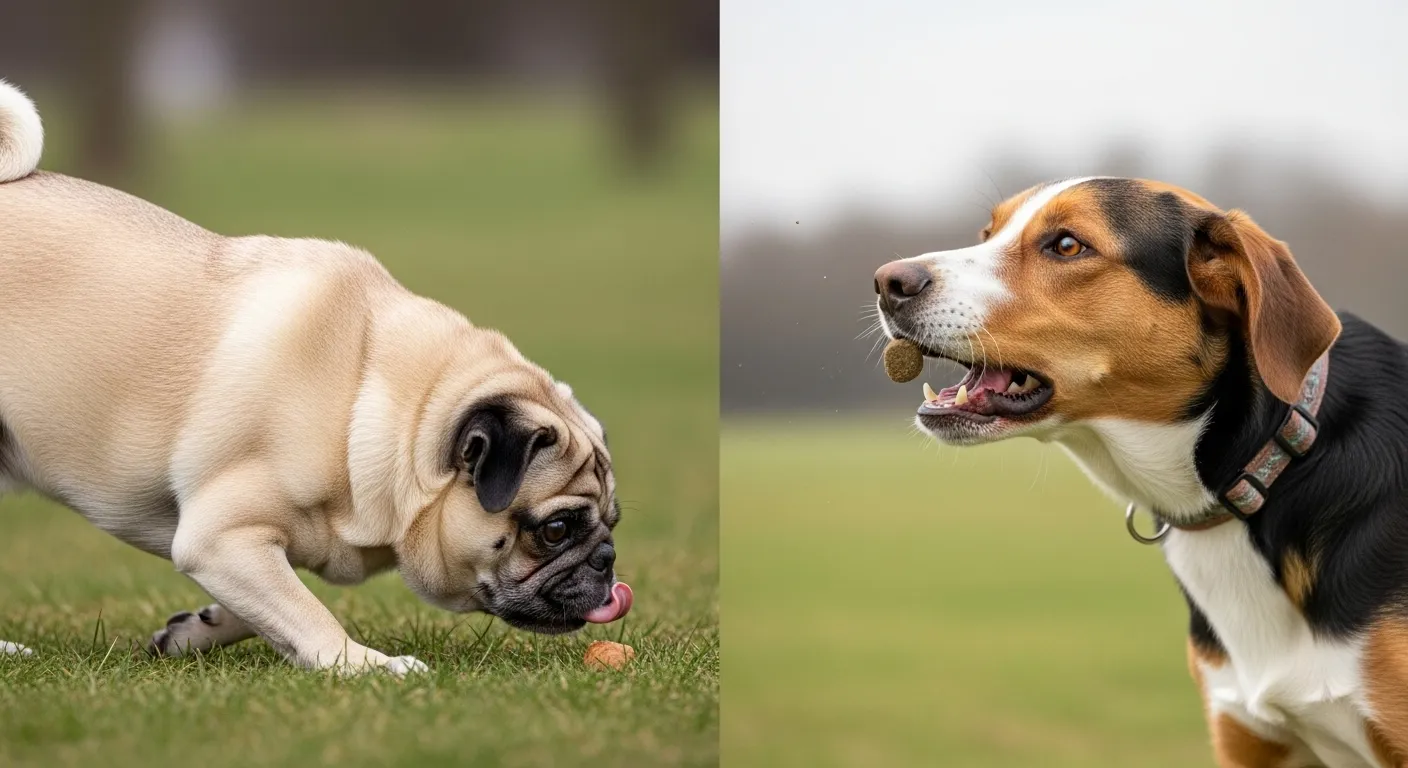
Understanding Hybrid Vigor (Heterosis) in Dogs
If a limited gene pool is the primary issue for purebreds, then genetic diversity is the main argument for the health of mixed-breed dogs. This advantage is explained by a biological phenomenon called hybrid vigor, or heterosis. In simple terms, hybrid vigor is the tendency for crossbred offspring to have enhanced biological fitness—meaning better health, growth, and fertility—than their purebred parents.
To understand how this works, we need a quick genetics lesson. Every dog has two copies of most genes, one inherited from each parent. Some genes are dominant, while others are recessive. A dominant gene will express its trait even if only one copy is present. A recessive gene, however, requires two copies to be expressed. Many inherited diseases, like certain forms of progressive retinal atrophy (an eye disease that causes blindness), are caused by recessive genes.
In a purebred population with a small gene pool, it’s more likely that two dogs will carry the same harmful recessive gene. When they mate, there is a 1 in 4 chance that a puppy will inherit two copies of that faulty gene and develop the disease. This increase in the prevalence of genetic disorders due to a lack of diversity is known as inbreeding depression.
Now, consider a mixed-breed dog. Imagine a Labrador Retriever carrying a recessive gene for a specific disorder mates with a Beagle who does not carry that particular gene. The resulting puppies will inherit one faulty copy from the Labrador and one healthy, dominant copy from the Beagle. The healthy gene will override the faulty one, and the puppies will not develop that specific disease. This is the power of hybrid vigor in action. By mixing two different gene pools, you dramatically reduce the odds of a puppy getting two copies of the same harmful recessive gene.
However, hybrid vigor is not a magic bullet. It’s a powerful statistical advantage, but it has limits. First, if both parent breeds happen to be susceptible to the same health problem (for example, both Golden Retrievers and Poodles are prone to hip dysplasia), their mixed-breed offspring (a Goldendoodle) can still inherit the condition from both sides. Second, some genetic conditions are dominant, meaning only one copy of the gene is needed to cause the disease. A mixed-breed dog is just as likely as a purebred to inherit a dominant disorder from an affected parent. Finally, the health of the parents matters immensely. A puppy born from two unhealthy, poorly-cared-for dogs, regardless of their breed mix, is starting life at a disadvantage.















